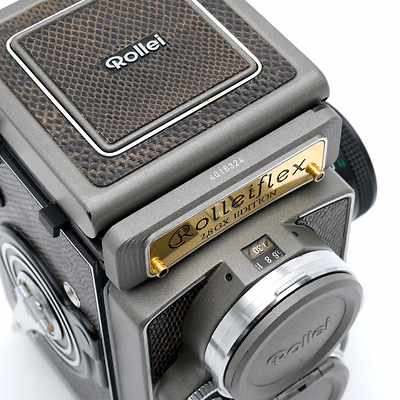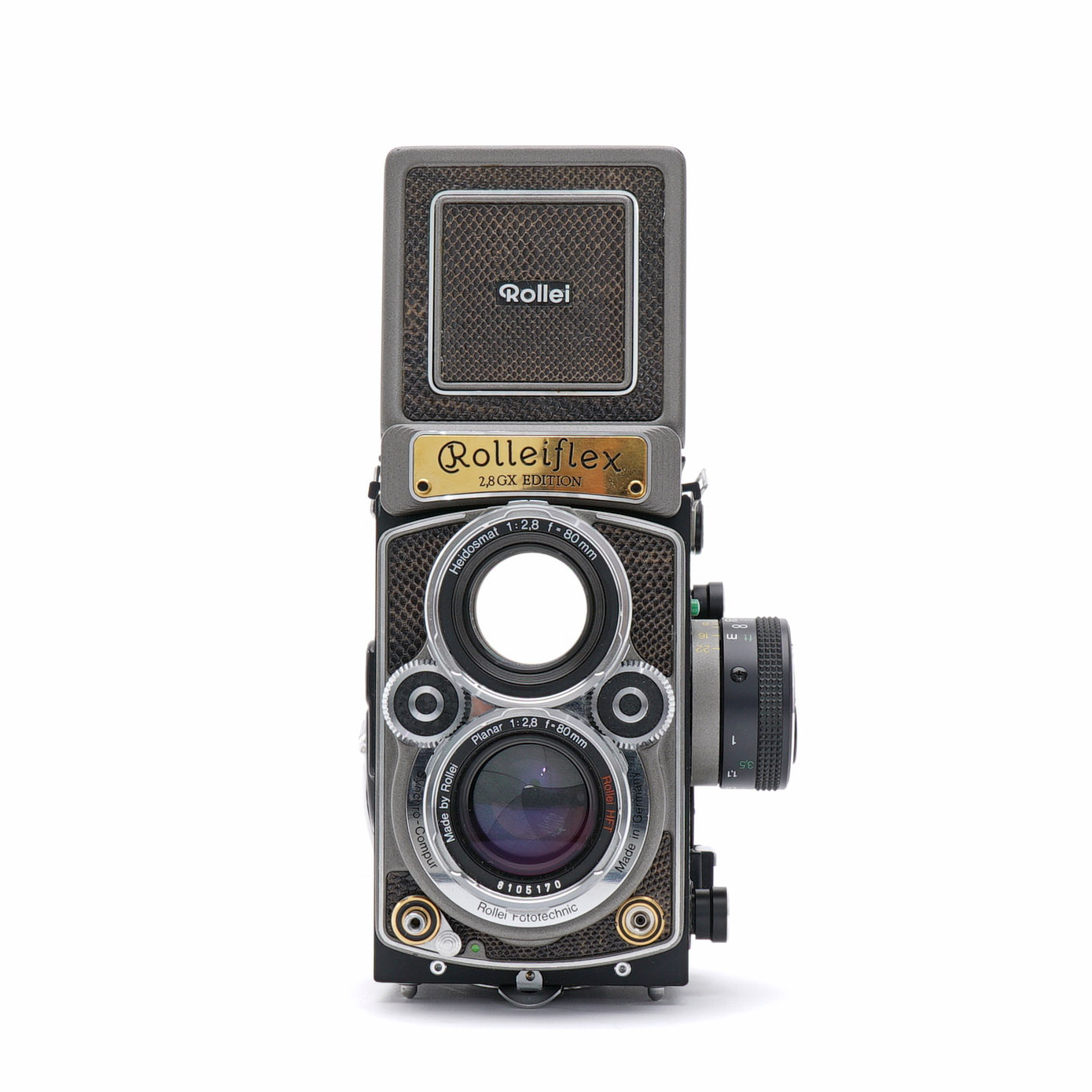
You’ll know when you’ve done this if you see a funny dark cross in the centre of your scene if you try to darken the image too much – this is a feature of using two sheets of polarising material. While variable ND filters offer tons of flexibility, sometimes you can push them too far.
#Rolleiflex 2.8 nd filter how to
How to know when you’ve pushed a variable ND too far Some of the questions around image quality with ND filters might come down to confusion with colour filters and gels, which can affect your image quality. Provided your camera is stable, it will produce sharp, detailed images with an ND filter mounted. You do this in order to get a longer shutter speed. ND filters only limit the amount of light reaching your camera’s sensor via the lens. This is a common question, and the answer is no: ND filters will not affect image quality. A variable ND filter lets you seamlessly move your camera from brighter to darker scenes while maintaining the same depth of field in your shot. Say you were filming someone speaking on a street corner and then panned over to a commotion taking place in a dark alley. Variable ND filters are also useful for videographers. A variable ND filter allows you to keep adjusting the opacity until you no longer need it. Using our beach example again, if you are photographing a sunset, the light levels will change dramatically over a short period of time. When to use a variable ND filter in particular? Variable ND filters are useful because you have control over its opacity. An ND filter, again, reduces the light hitting your sensor allowing you to shoot at a longer exposure.

In the daylight you won’t be able to get an exposure long enough to flatten the waves.

You might also use an ND filter if you were shooting the sea, for instance, and wanted a long exposure to smooth out the water for that classic milky sea effect. An ND filter helps reduce the light coming into your lens, allowing you to shoot at f/2.8, for example, at a reasonable shutter speed. Without an ND filter in this situation you will probably blow out your exposure. It’s best to use an ND filter or variable ND filter when you are shooting in strong daylight or other bright conditions and want to shoot with a wide aperture, for instance, to create a shallow depth of field effect. Typically you twist a ring on the outside of the filter, and the filter shifts between low and high densities (often anywhere from 2 up to 10 stops of light). What is a variable ND filter?Ī variable ND filter is a neutral density filter that allows you to just the density of the filter. This is when you might want to consider buying a variable ND filter. We’ve explained what neutral densities filters are and how to use them, but sometimes you want a more compact, all-in-one solution that lets you explore the effects of an ND filter at a range of different densities.

Neutral density filters are one tool you can use to control exposure in their ability to reduce the amount of light that enters the lens. Taking control of exposure for creative effects is one the pure joys of photography.


 0 kommentar(er)
0 kommentar(er)
